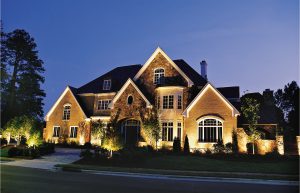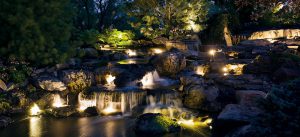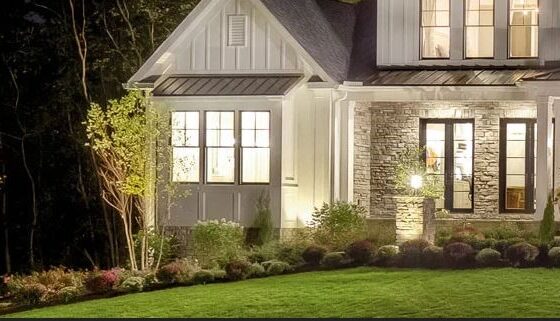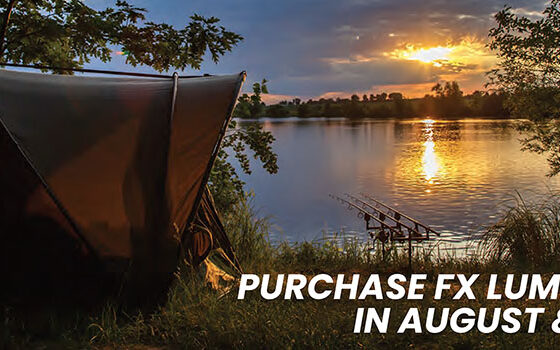Designing landscape lighting first depends on how the space will be used. Depending on a homeowner’s desired use and need of a space, will determine the type and position of lighting. Do they want a romantic evening, a place for the kids to play, or an entertainment area?
Layout Considerations
When considering a layout think about the views from a few different locations. These include:
- Indoors
- Focal points
- Sense of depth
- Ambient light
- Spotlighting
When setting up lighting angles you want to explore every point of view. For example, a lighting arrangement may look good from outside but maybe not from inside.
Focal points are important to draw attention to special elements in a landscape. Choose one or two elements in  each area to highlight. Lighting should give the landscape a since of depth will add to the look and enhance the property. Use lights along pathways and within the landscape bed will create that depth. Use ambient lighting to gently light an entire area.
each area to highlight. Lighting should give the landscape a since of depth will add to the look and enhance the property. Use lights along pathways and within the landscape bed will create that depth. Use ambient lighting to gently light an entire area.
Spotlighting will draw strong attention to a particular feature. Drawing attention to the face of the house is a way to use a spotlight for ambient lighting. Spotlighting a single tree in the front yard will create a bold bright effect to the landscape.
Lighting Strategies
There are three main ways you can aim lights to get a particular look in the landscape. Downlighting creates diffuse, gentle light by aiming lights downward. This is usually done on a tree. Uplighting creates bold shadows and strong effects. By aiming the lights upwards into a feature, the contrast of dark shadows with bright light is emphasized. Crosslighting is eliminating shadows by lighting a focal point from both sides.
Common areas to light are:
- Pathways
- Patios
- Trees
- Architecture
- Water features
Pathways
Lighting pathways are important both for safety and beauty. Path lights are commonly used right along the side of the path. Although, mixing directional path lights with ambient lighting within the landscaped bed can be a more natural look.
Patios
Patios are where people spend the most time. It is important not to have overwhelming lights in this area. Diffuse downlighting from above to provide a well lit, comfortable area without having light in someone’s eyes.
Trees & Architecture
Uplighting or crosslighting is most commonly used for trees. Making a tree the spotlight is a good way to highlight landscape. Architectural elements such as pillars and stones are places to accent on a home.
Water features
 Water features can be lit as well. Surpisingly, there are many landscaping lights that work well underwater. Highlighting rocks or just eliminating the water creates a nice effect.
Water features can be lit as well. Surpisingly, there are many landscaping lights that work well underwater. Highlighting rocks or just eliminating the water creates a nice effect.
Lighting is not only a home protection but, a way to accent a stunning home landscape, even at night.













I like your advice on lighting water features. I think it adds a nice touch to light up streams and fountains in your yard in the evening. It is certainly something to consider if you are looking into lighting.